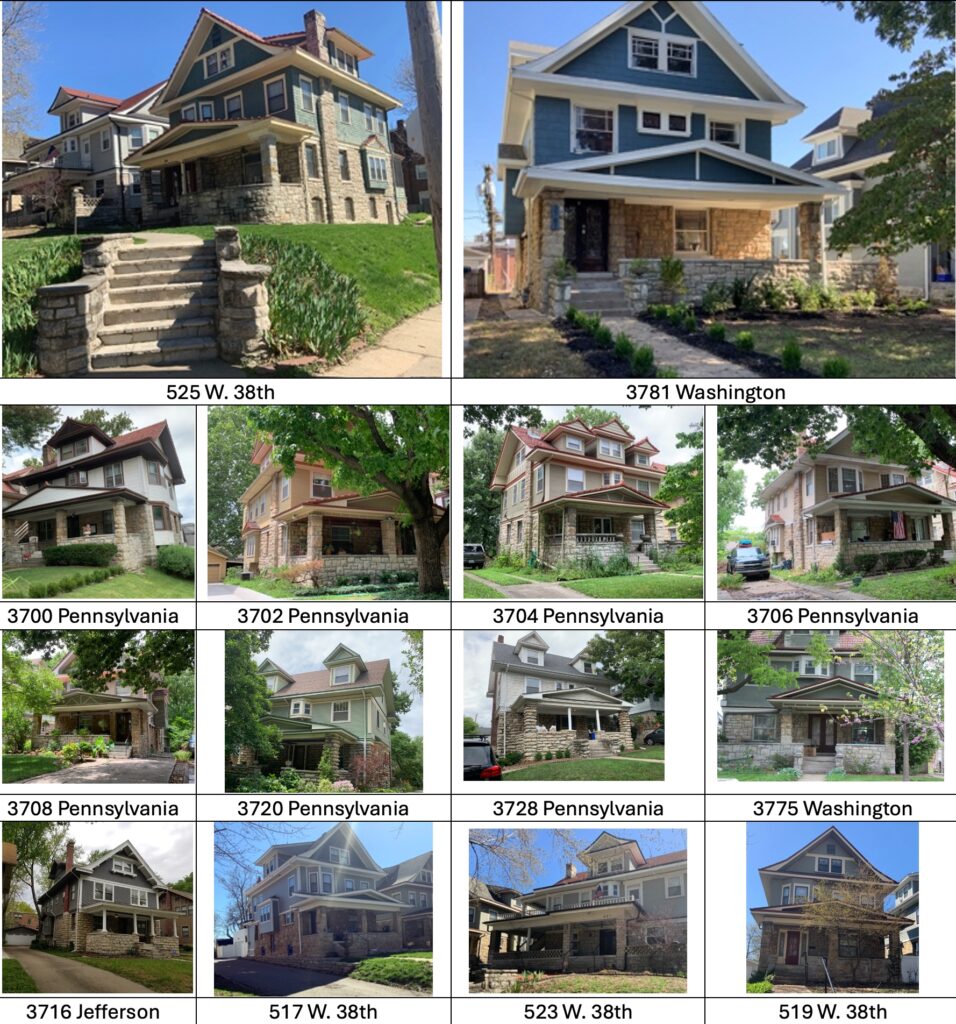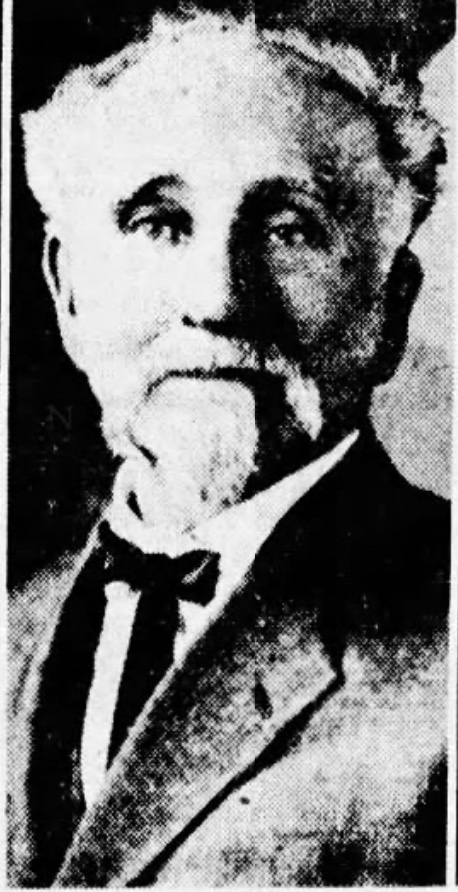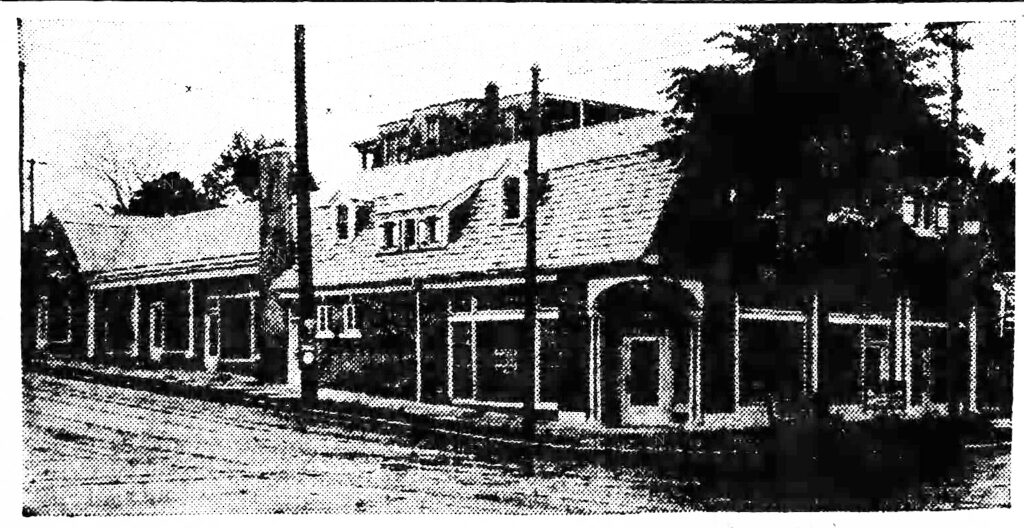(Part 1) People searching for the history of their homes hope to find a good story, and here’s a great, if rather tragic, one for the folks in Midtown. It’s the story of Washington Irving Morley, an architect who designed a number of homes in Midtown in the early 1900s. In the Valentine neighborhood, for example, Morley’s name is associated with the design of more than a dozen homes.
Morley’s story is just not a tale of a successful architect helping to build Kansas City neighborhoods. It begins with great athletic feats and career success, but ends with heartbreak, murder, and this piece of advice, left in a suicide note.
“Remember, do not get infatuated with a woman of doubtful character. They can never lead to any good.”
Who Built our Midtown Neighborhoods?
Unlike the suburbs of today, the “streetcar suburbs” of Kansas City were often not created by one builder or designed as a whole, but rather pieced together, sometimes one lot at a time. And while the early city records for some homes list the name of an architect who designed that home, many just list a builder. For example, 193 homes were built in Valentine between 1901 and 1925, but only about a fourth of them are listed as having been designed by an architect. The most prolific of all those was Washington Irving Morley, listed on records as the architect for 15 homes in Valentine between 1909 and 1911.

Homes in the Valentine neighborhood designed by architect Washington Irving Morley before his life took a tragic turn.

Morley came from a prominent family of builders in Kansas City. His father, P.J. Morley (left), was president of P.J. Morley Construction. Born on a small farm in the parish of Ballyhaunis, Ireland, he came to the United States in 1873 and arrived in Kansas City the following year. P.J. Morley attended night school, where he studied mechanical drawing. When he died in 1933, the Kansas City Star called Patrick J. Morley one of Kansas City’s last pioneer contactors.
He was credited with building many of the city’ finest homes, especially on Quality Hill and on Linwood Boulevard. He built Redemptorist School and additions to the Irving, Lincoln, Central and Westport High Schools. Patrick also is credited as the builder of less grand commercial projects, for example one at the northwest corner of West 39th and Broadway , which many people will recognize as the old Gomer’s location. (Gomer’s has since built a new building on this site).

This 1923 newspaper story announced the new storefronts opening at the northwest corner of 39th and Broadway, built by P.J. Morley. The business was initially leased to Meyer Moskovits for use as a barbecue restaurant. McKecknie and Trask were listed as the architects. (Source: Dutch Colonial Type Shop, Kansas City Journal, July 1, 1923)
An Athletic Family and Successful Architectural Career
Irv Morley graduated from the University of Michigan, where he was described as “an all-round athlete and a gridiron hero.”[1] The Morleys seemed to be a sporty family; brother Bernard was an athlete at the University of Missouri, and sister Mary was a star tennis player. After he graduated from college, Irv became a member of the Kansas City Athletic Club and a leader in club affairs. He worked successfully for a while as a shoe merchant and later became an architect. Records from the Valentine neighborhood, for example, show him designing 15 homes for builder Gothard Henry between 1909 and 1911.
But soon, things would go wrong for Irv Morley, and he would blame his troubles on wine, women and cabarets. More about that in our next post.
[1] Kansas City Journal, Sept. 28, 1915